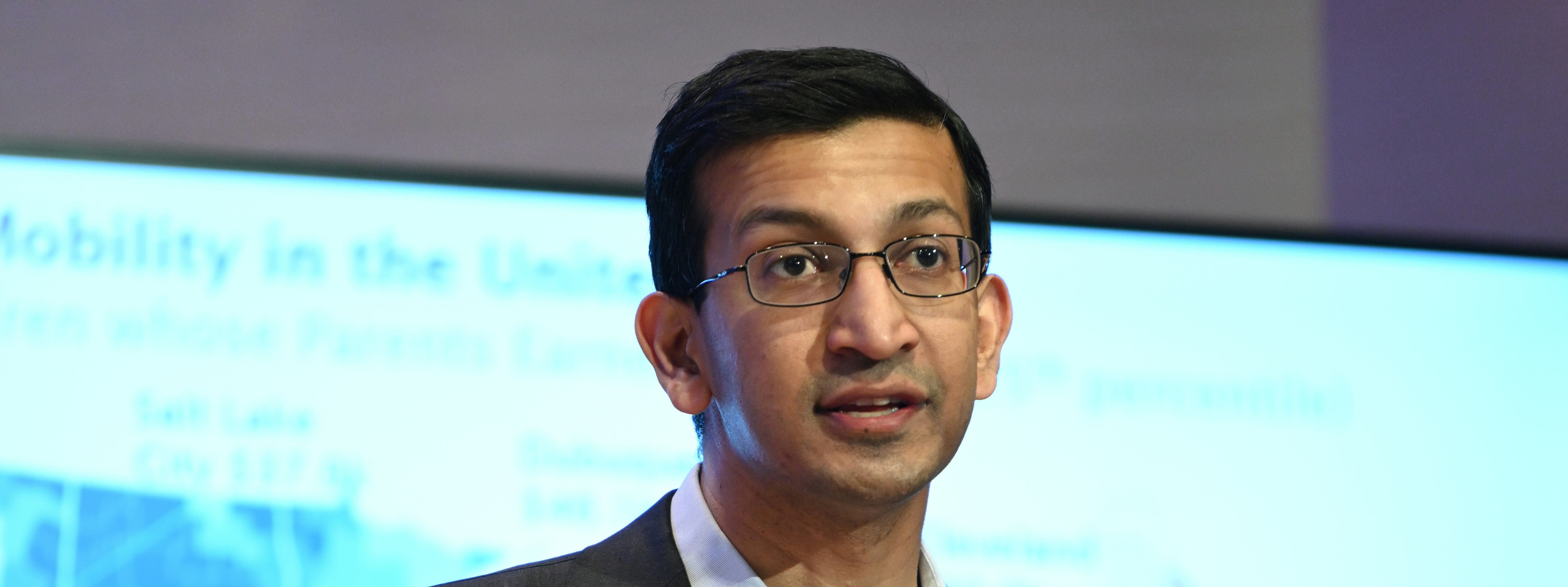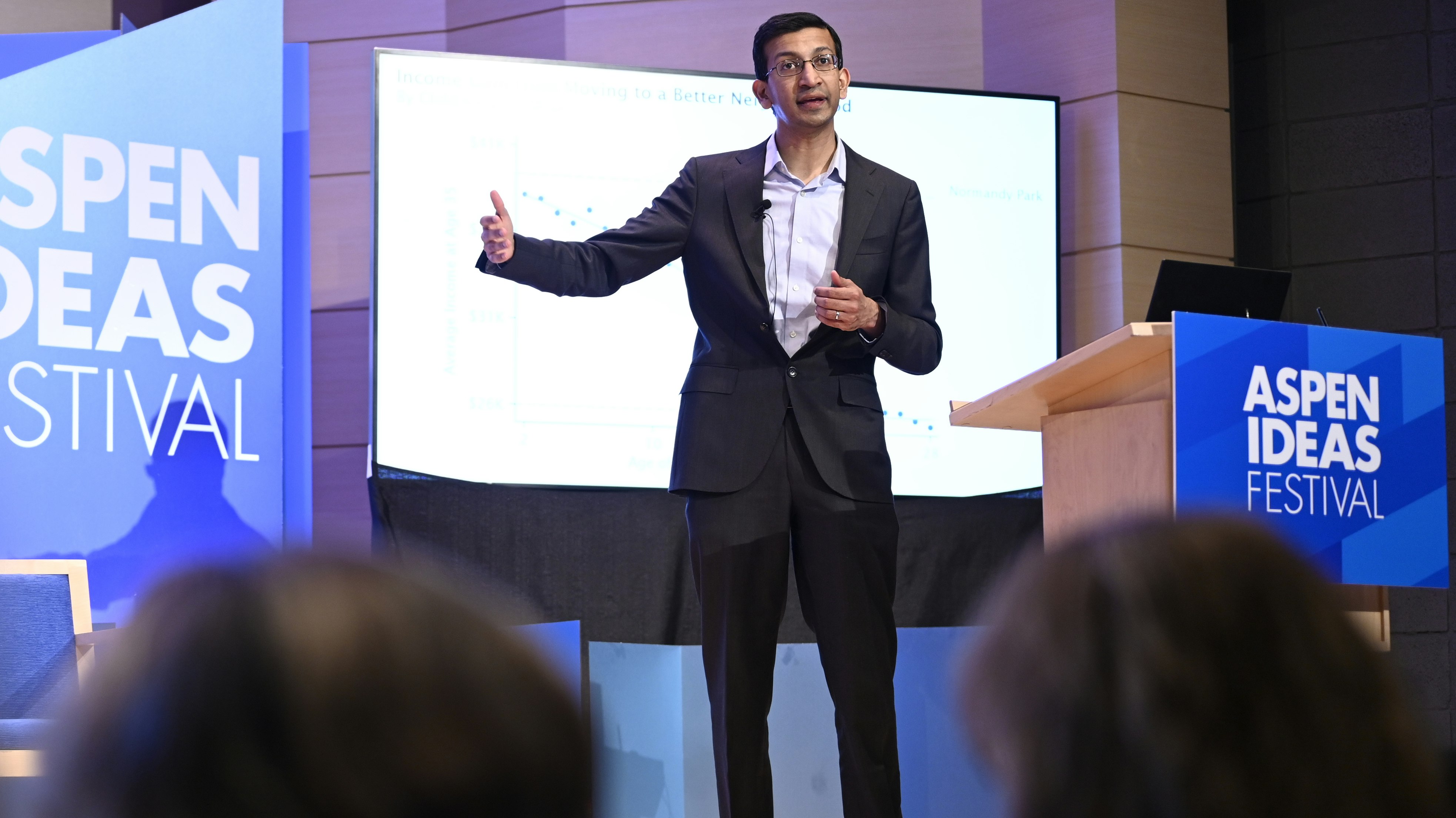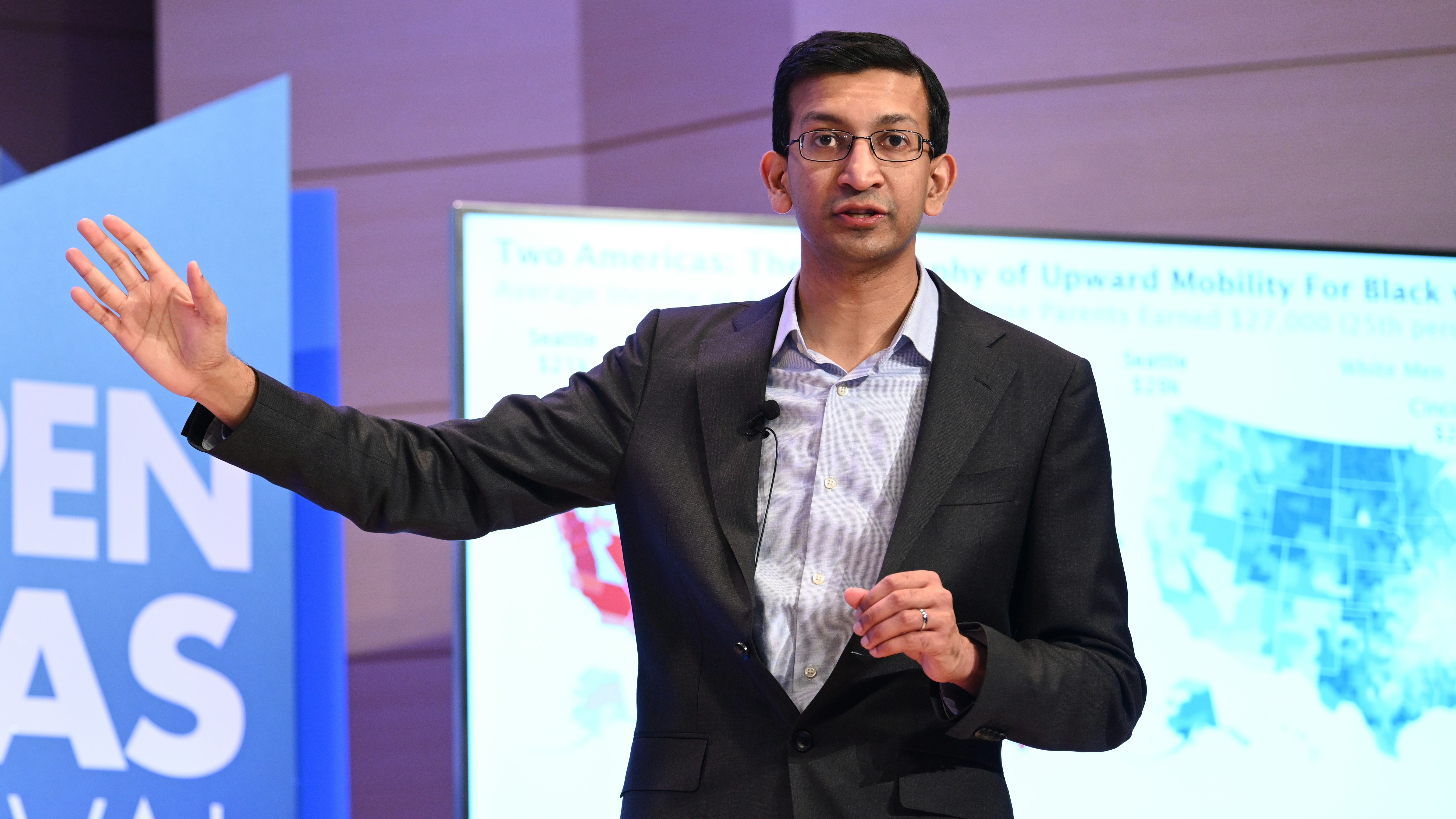
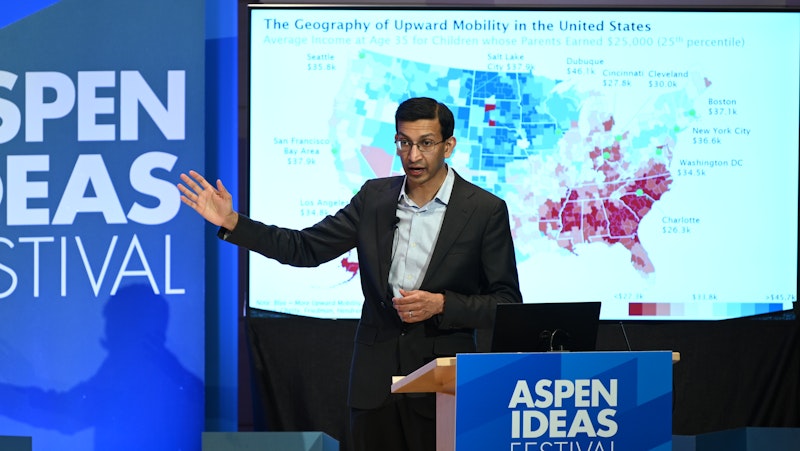
Geography of Opportunity
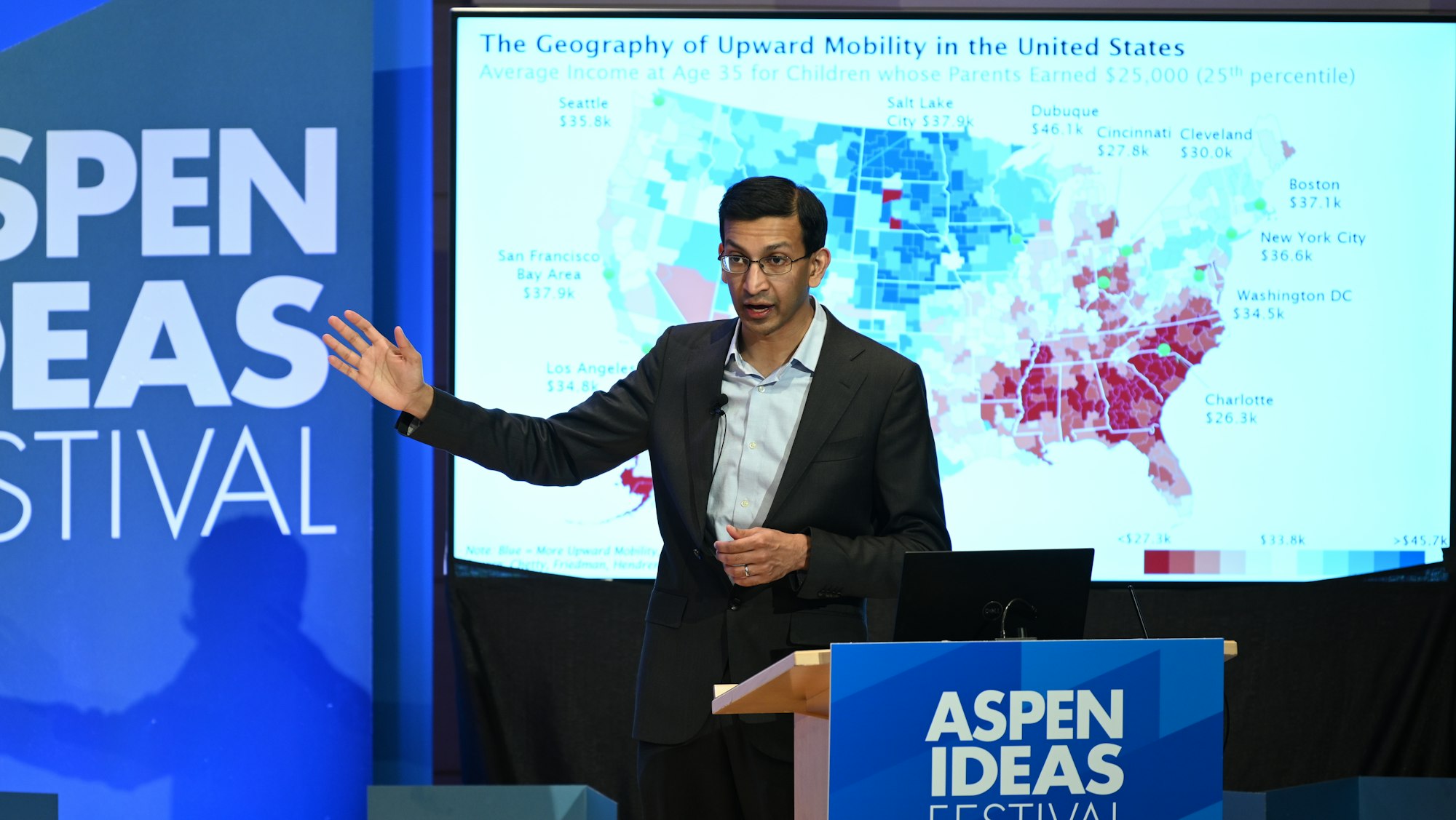
It’s essentially a 50-50 shot as to whether you’re going to do better than your parents.
Setup
How do we develop scalable policy solutions that will empower families throughout the United States to rise out of poverty and achieve better life outcomes? How we can improve children’s opportunities in communities that currently offer limited prospects for upward income mobility? Award-winning Harvard scholar Raj Chetty, whose research focuses on equality of opportunity, shares remarkable, data-driven insights that can inform policy solutions at every level — and region — of society.
- 2019 Festival
- Economy
- Society
- USA
- Full transcript
Is the American dream alive and well?
The American dream means a lot of things, says economist Raj Chetty, but broadly speaking it signifies equal opportunity for socioeconomic advancement. Chetty was curious if this promise of generational growth holds water, so he looked at the numbers:
Someone born in the 1940s had over a 90 percent chance of earning more than their parents, says Chetty. But that number has plummeted, and today “it’s essentially a 50-50 shot as to whether you’re going to do better than your parents.” Chetty goes on to say that even those 50 percent odds aren’t the whole picture. Some places are doing better than others, and there are clear geographic indicators that determine if the American dream is alive in your neighborhood.
Economic mobility is way more localized than you’d think
When Raj Chetty displays maps of economic mobility around the country, it’s easy to think that whole states or cities are more or less upwardly mobile. Chetty says that isn’t so, and he uses an example from New York City to prove his point:
By zooming into a block-by-block map of economic mobility, Chetty shows that a city like Manhattan, which as a whole seems upwardly economic mobile, can have neighborhoods just a few blocks apart that are on opposite ends of the economic mobility spectrum. Chetty says this phenomenon shows up almost everywhere around the country, and that generalizing whole cities and states as more or less upwardly mobile erases important details.
See for yourself
The later you move, the worse your outcomes
Raj Chetty tracked young people as they moved from areas of less opportunity to areas of greater opportunity in the Seattle metro in order to better understand geography’s relationship to economic mobility. He discovered three critical takeaways:
This excerpt has been lightly edited for clarity
-
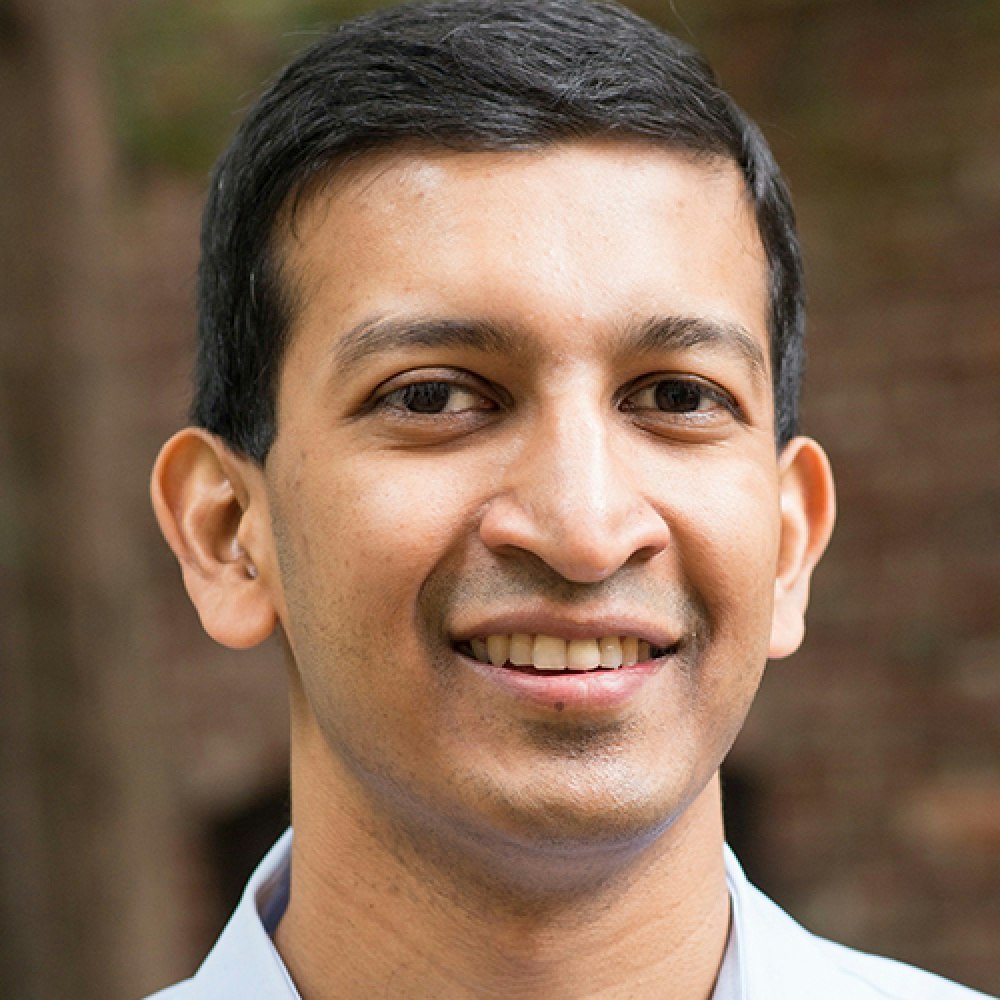
Raj Chetty: The first is that where you grow up really seems to matter… If you take a given child and help that child move to a higher opportunity area where we're seeing better outcomes for kids who grew up there from birth, that child ends up doing much better, has significantly better life outcomes, not just in terms of earnings, but a variety of other outcomes like college attendance rates, lower rates of incarceration, and so forth. Second, what really seems to matter is childhood environment rather than where you're living as an adult. We see in this study and in other analyses we've done that helping people move to a different area after they're 23 or so has essentially no impact on their economic outcomes. Third, you see that every extra year of childhood exposure to a better environment leads to better outcomes. So there's kind of a dosage response here. If you spend two years in a better area that yields some benefit. If you spend four years or six years in a better area, you get a cumulatively larger impact.
Chetty says that these findings should have major implications for policy makers as they try to allocate funds and resources to have the greatest impact.
What makes some areas better than others?
The evidence is plain that geography plays a huge role in economic mobility, says Raj Chetty. The question is, why? Chetty points to four main reasons:
Although these aren’t hard and fast rules, Chetty says that lower poverty rates, more stable family structures, greater social capital, and better school quality are all strongly predictive of economic mobility within any given neighborhood.
From research to policy: three pillars
If researchers understand the root causes of unequal economic mobility, says Chetty, they can give concrete advice to policy makers. Chetty has put together a plan to level the playing field of economic mobility, centered around three main pillars:
Take Action
- Reduce segregation
- Place-based investments
- Improve higher education
Reducing economic segregation (helping families move to more advantaged neighborhoods) is a comparatively straightforward solution, says Chetty, but not scalable enough to address the whole problem. To improve communities themselves, Chetty advocates for targeted, place-based investments that stay in communities. And lastly, higher education becomes a critical component of economic mobility that’s both neglected and underutilized.
Learn More
Additional Information
Explore More
Economy


Young people in America are struggling. The causes are varied and may not be entirely clear, but the results are unfortunately unmistakable. Many of our youth feel lonely, iso...


Many more Americans are struggling to survive and make ends meet than is typically portrayed in the media and public policy debates. And when poverty is depicted, harmful and...

Friends, partners, children, families, coworkers — these connections profoundly shape our lives, and even in the best of times, navigating them takes real work. It also means...

New York Times columnist and bestselling author David Brooks is known for bringing his thoughtful reflections on politics and culture, but at this year’s Aspen Ideas Festival,...

Jump in by watching our 15 most popular talks of all time. From black holes to jazz and civil rights to psychology hacks, we've collected the talks that remain audience favori...


America’s “second founding” came on the heels of the Civil War, when the architects of the 13th, 14th and 15th amendments thought long and hard about how to enshrine civil rig...

Finding the national and global headlines understandably bleak lately? Whether you need mental distraction or stimulation, engross yourself in compelling topics and get a gli...

The United States spends $4.3 trillion—almost one fifth of the nation’s GDP—on health care. As the scale of the medical enterprise expands, venture capitalists are pursuing th...

Today's kids are coming of age against a backdrop of political, social, technological and economic upheaval. While these circumstances are shaping a precocious generation that...


Hope seems like a simple concept, but the feeling can be difficult to hold onto. And when times are difficult and chaos swirls around us, it’s more important than ever. How do...

Advocates, healthcare providers, legislators, researchers, and venture capitalists are bringing the unique health needs of women to light – from vigorous policy debates on iss...

Ethical dilemmas, stakeholder pressure, building trust — leading organizations requires wisdom and stamina from the top. Who wouldn’t want some advice?


It’s been decades since the United States has updated its immigration policies in any sort of comprehensive way, and the problems and suffering at the southern border have per...

What makes us happy — really? How can we raise resilient and empathetic children? What does it mean to be truly connected in our increasingly digital world? Can we re-instill...

In a time of growing wealth disparity and changing societal values, can capitalism adapt? How is the economy being transformed by investments in infrastructure, AI, energy, an...


Whether they publicly tout it or not, U.S. technology companies play a powerful role in politics, cultural issues and the way we live. Founder and investor Peter Thiel is one...

Our need for human connection is profound and deep. Yet, today, one in two adults are living with measurable levels of loneliness – and the numbers are even higher among young...

The 2024 presidential election is only months away, and the past few weeks alone have brought shocking headlines that change the political ground we stand on — an attempted a...


Sizable electorates around the world are flocking to populist candidates who promise power, domination and a return to better times. The global experiment in liberalism seems...


Conflict and suffering can bring out the worst in people, but it can also bring out the best. This is one of the lessons New York Times columnist Nicholas Kristof has learned...







